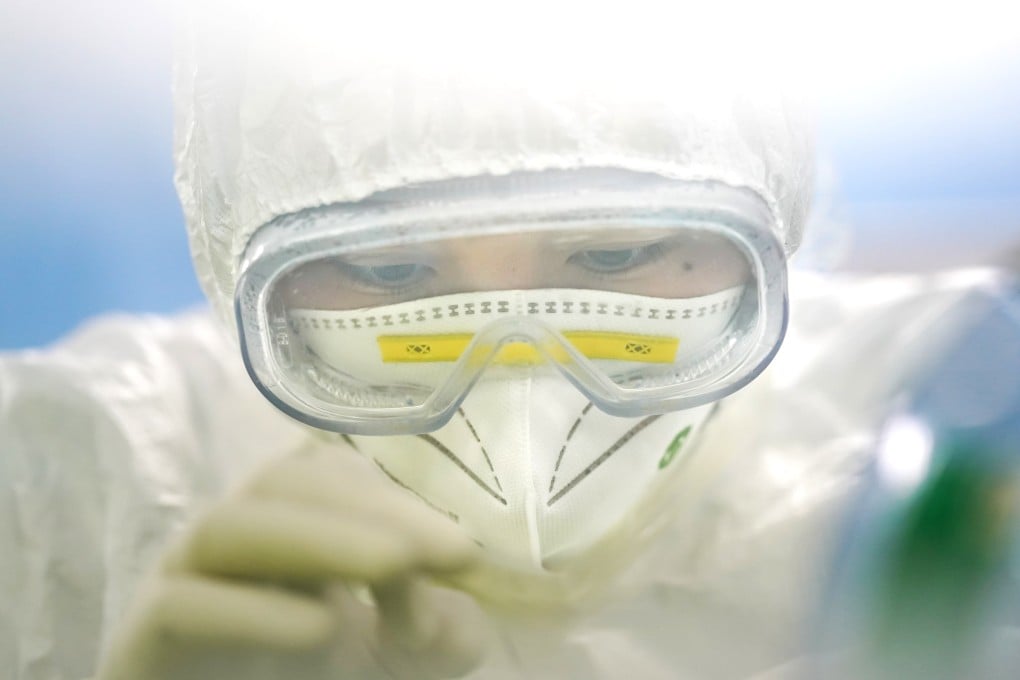Advertisement
Coronavirus: Scientists hit back at rumours humans engineered the deadly contagion
- Researchers point to several genetic clues indicating the virus responsible for a deadly epidemic evolved naturally
- Study suggests two possible paths of evolution
Reading Time:4 minutes
Why you can trust SCMP

A team of researchers has hit back at rumours that the coronavirus that emerged in the central Chinese city of Wuhan late last year was engineered.
In a paper posted on the scientific online forum Virological on Monday, the scientists – who include top epidemiologists W. Ian Lipkin from Columbia University; Edward Holmes from the University of Sydney; and Kristian Andersen of Scripps Research – said there were crucial genetic clues indicating that the coronavirus, also known as SARS-CoV-2, was not created in a laboratory.
Despite scientists’ repeated efforts at debunking, conspiracy theories about the still-unknown origins of the virus have been rife.
Advertisement
Most are based on the idea that the virus emerged from the Wuhan Institute of Virology, where researchers have built one of the world’s biggest databases of bat-related viruses and were the first to identify the new coronavirus as directly related to a wild strain found in bats.
The speculation also prompted the institute’s lead researcher, Shi Zhengli, to say in a post on the social media platform WeChat: “I swear with my life, [the virus] has nothing to do with the lab.”
Advertisement
Advertisement
Select Voice
Choose your listening speed
Get through articles 2x faster
1.25x
250 WPM
Slow
Average
Fast
1.25x